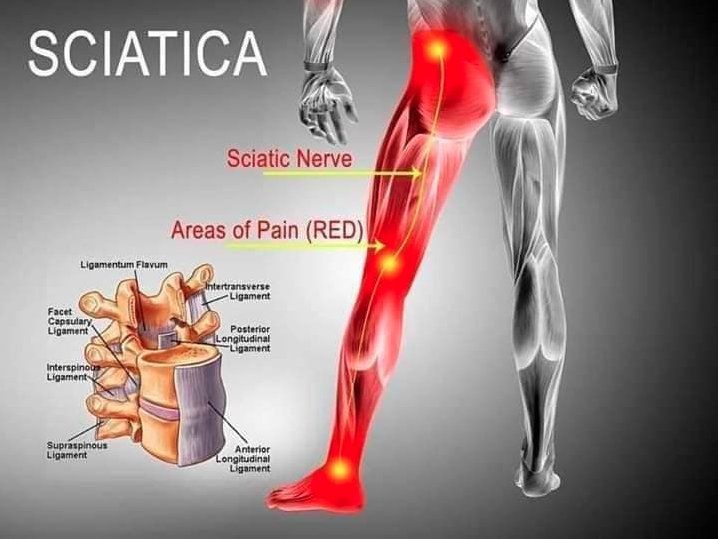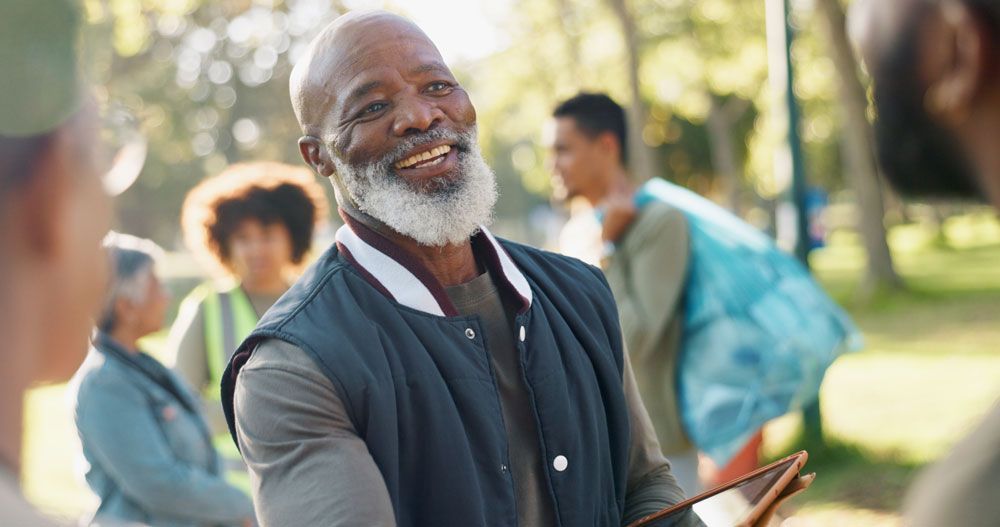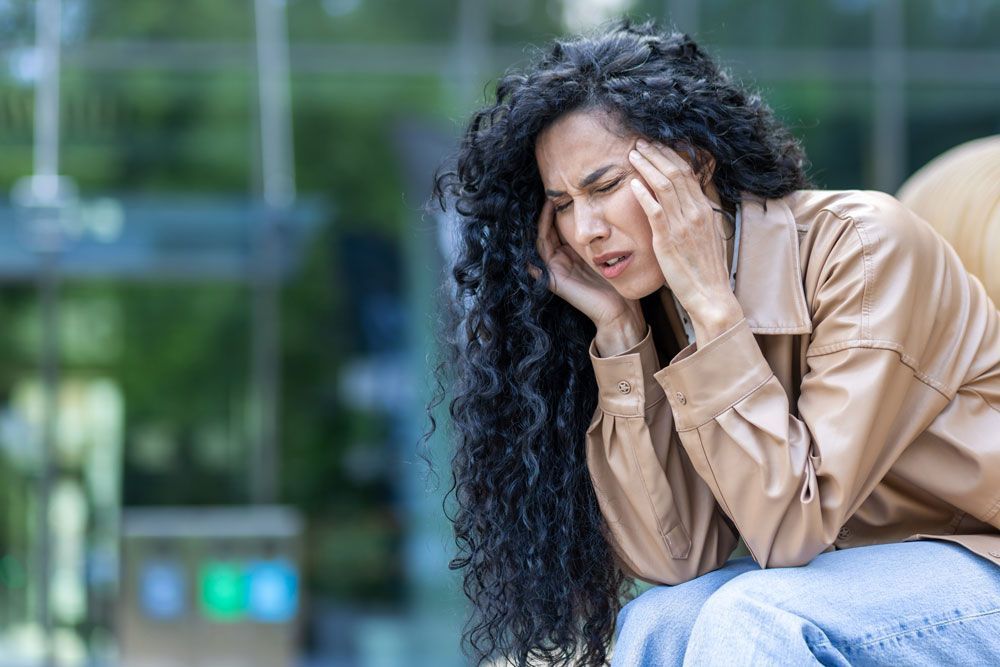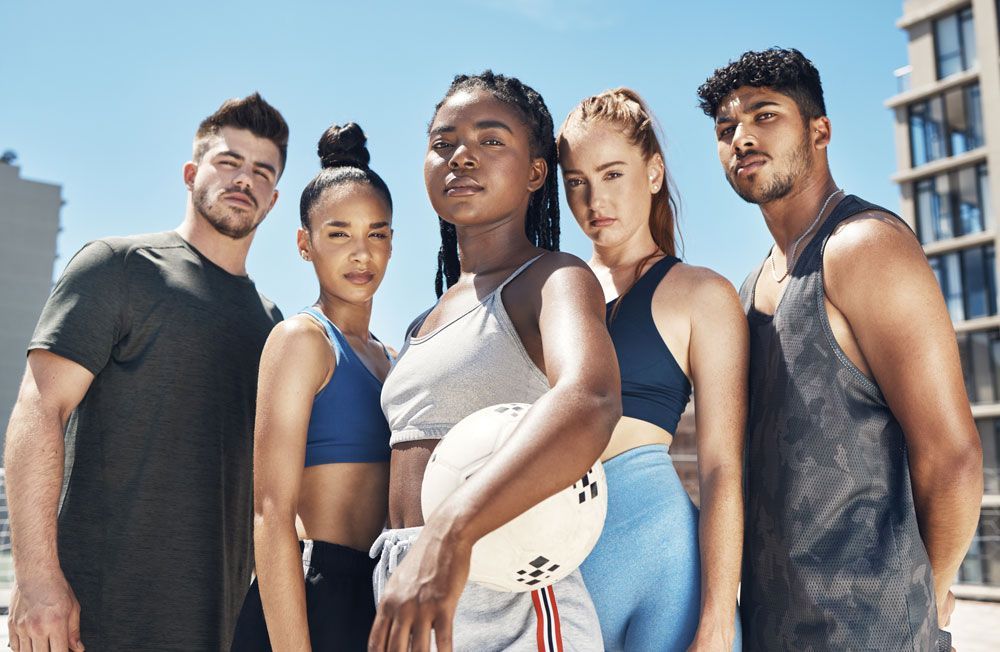STRETCHING ROUTINE TO HELP PREVENT BACK PAIN
Stretches For Back Pain Prevention
You are not alone if you are experiencing back pain. According to the American Chiropractic Association (ACA), approximately 31 million Americans suffer from low back pain in some form. Fortunately, there are steps you can take to alleviate your pain. Taking care of yourself, such as maintaining a healthy weight and exercising regularly, can help prevent back pain. When you have back pain, chiropractic treatment and stretching can often help alleviate your symptoms.
Preparing for Stretching
Before we begin, we recommend that you prepare for your stretching session to stretch comfortably and safely. Stretching tips include:
- Ease on it. Stretching should be done slowly and carefully, moving from stationary to a position. Avoid bouncing, which can cause muscle tears.
- Stretching should not be painful. When you stretch, you should not feel any significant pain. Listen to your body as you move into your stretch, and stop before you feel pain. Stretching should be pleasurable, not painful.
- Wear comfortable clothing. Wear loose clothing that allows you to move freely.
- Choose a clean, flat area to stretch in. Choose an area that is both comfortable and appropriate for your activity.
- When necessary, use padding. If you're going to stretch on a hard surface, some padding can make things more comfortable.
- Hold each stretch for 15-30 seconds, then repeat at least twice. Holding a stretch allows muscles to lengthen, and repeating the stretch improves results. For maximum benefit, repeat the stretch four times.
- Modify to fit your needs. Everyone must work within their limitations. If you try a stretch and it doesn't work for you, try modifying it to fit your needs. Modifications to the most popular stretches can be found online.
5 Stretches that Are Great for Back Pain
Child’s Pose
The child's pose stretch can help relieve low back pain by loosening overly tight or constricted back muscles. This stretch targets the gluteus maximus, spinal extensors, and hamstrings. The child's pose stretch can relieve tension in the neck, shoulders, and upper spine and relieve lower back pain. Lower back pain relief stretches like the child's pose can help to improve blood circulation and flexibility.
Get down on your hands and knees to perform child's pose. To begin, spread your knees slightly wider than your hip width. Toes pointing behind you flatten the tops of your feet to the floor. Slowly reposition your hips over your feet. Stretch your arms out in front of you after resting your buttocks on your ankles. As you hold the pose, feel your lower back stretch out.
Knee-to-chest stretch
Begin this stretch by lying on your back. Keep your knees bent and your feet flat on the floor. Then, grab one knee with both hands and pull it toward your chest, keeping the other foot on the floor. Tighten your abdominal muscles and press your spine flat against the floor as you bring your knee to your chest. Maintain this position for 5 to 15 seconds.
Then, return to the starting position with both feet flat on the floor by releasing your knee. Rep the stretch with the opposite knee, holding the pose for 5 to 15 seconds this time. Return to the starting position by releasing your knee.
Repeat the same motion, but this time pull both knees to your chest. Maintain this position for 20 to 30 seconds. For best results, repeat the sequence two to three times: first one knee, then the other, then both.
This stretch helps in the release of tension from contracted lower back muscles. Many people found that repeating this stretch twice daily, once in the morning and at night, is especially beneficial.
Reclining pigeon pose
Begin this stretch by lying flat on your back. Form a right angle with your left leg, with your thigh perpendicular to the floor.
Grab your left thigh under your knee with both hands and lock your fingers. Then, lift your right leg, and place your left ankle on your right knee. If you can, gently pull your right knee towards you, bringing your left leg closer to your chest.
Hold this position for about 10 seconds or less if it causes pain. Return to the starting position and repeat with the opposite leg.
A common yoga pose that helps open up the hips is the reclining pigeon pose. It's excellent for stretching the piriformis muscle, a pyramid-shaped muscle in the pelvic region. This exercise is especially beneficial for patients suffering from sciatica, as the piriformis muscle can become inflamed and press on the sciatic nerve.
Shoulder blade squeeze
This is one of the simplest stretches on the list. Simply stand or sit on the floor, a stool, or an armless chair to perform the shoulder blade squeeze. Check your posture, making sure your back is straight, and your shoulders are squared.
Then, squeezing your shoulder blades together, draw your shoulders back. Hold the pose for a few seconds before releasing it into a neutral position.
The shoulder blade squeeze is most effective when performed three to five times throughout the day. This exercise is simple to perform while sitting at your desk at work or any other time you have upper back pain (also known as interscapular pain).
It's important to remember that your posture is important in managing back pain, not just during this stretch but whenever you're sitting or standing. Performing shoulder blade squeezes throughout the day will make you more aware of your posture. It may even help you strengthen the muscles that allow you to sit or stand up straight.
Lower back twist
Begin by lying on your back with your knees bent and both feet flat on the floor for the lower back twist. You can either keep your arms folded and resting on your stomach or extend your arms straight outward in a "T" position.
Roll both legs to the left side, with your knees touching and your legs still bent, so that your left leg is against the floor and your right leg is stacked on top of the left. Your shoulders should be flat against the floor at all times.
Maintain this position for 10 to 20 seconds. Return to the starting position, keeping your legs bent and both feet flat on the floor. Roll your legs to the right and repeat the pose for 10 to 20 seconds (or less if the position causes discomfort). Repeat the entire sequence two or three times, rolling the legs first to one side and then to the other.
Like the reclining pigeon pose, this exercise is most beneficial when done twice a day, once in the morning and once before bed. Lower back twists, also known as lower back rotational stretches, can help stretch out muscle contractions in the lower back. It also helps relax the glutes, which can tighten and contract when you have back pain.
Contact Us for Customized Stretches for Back Pain
If you suffer from back pain, please make an appointment with our chiropractic team at Komp Chiropractic and Acupuncture Clinic in Omaha, NE. We can help you design a custom stretching plan to alleviate your back pain.
Omaha Chiropractors and Acupuncture
